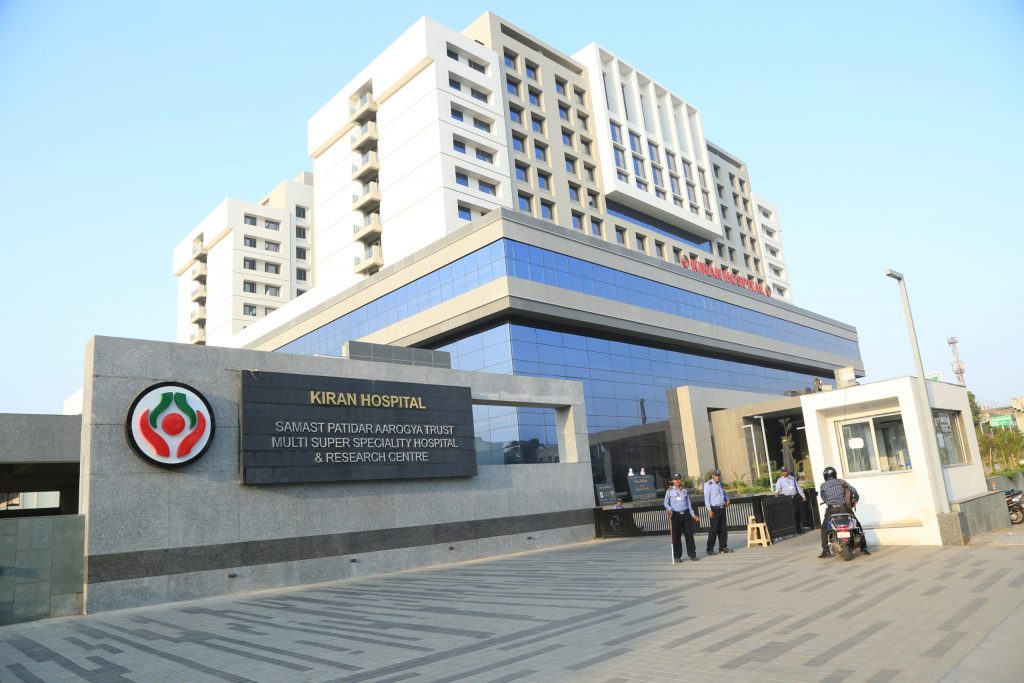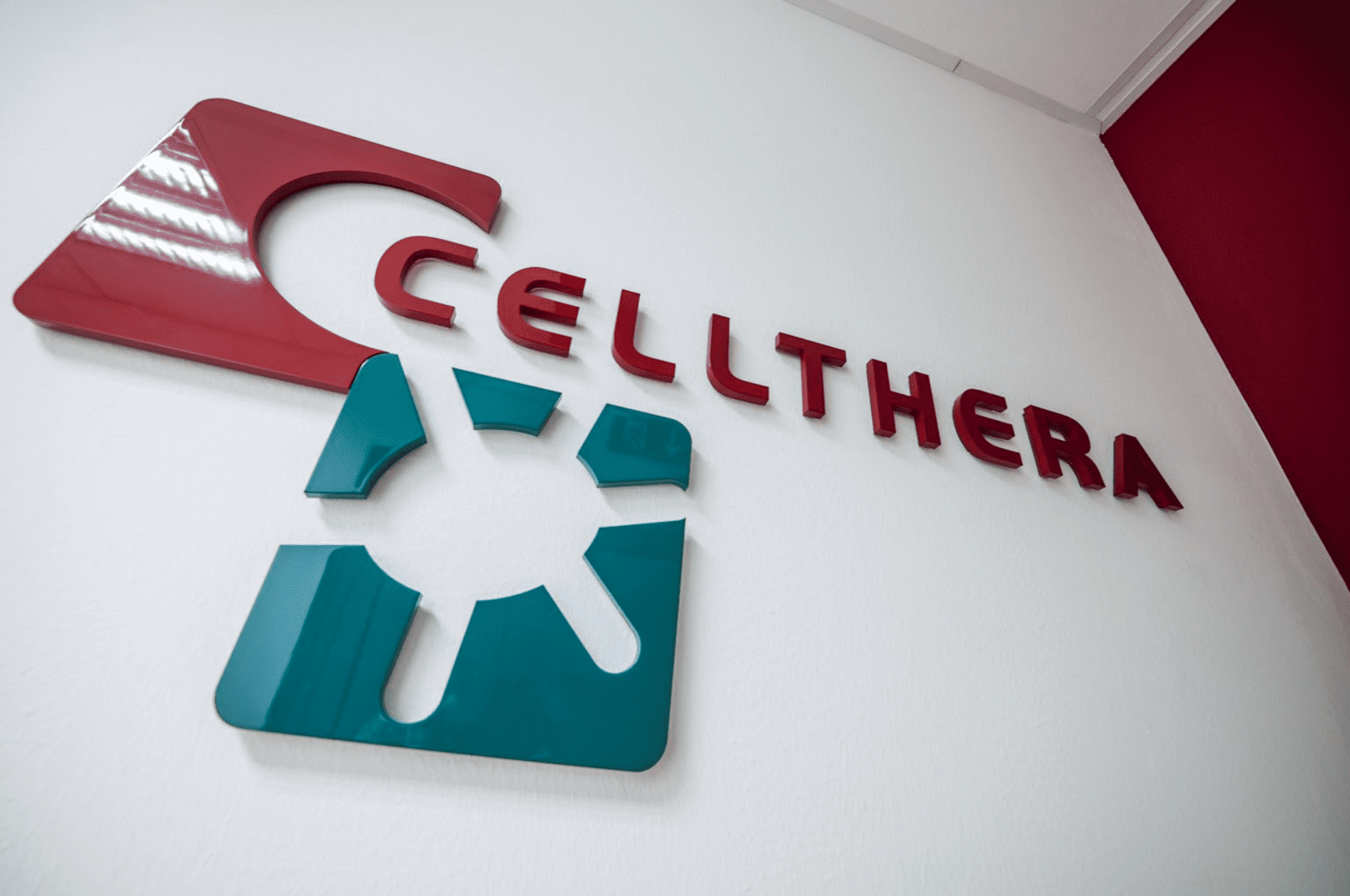Arteriovenous malformations: Pathology Nature and Treatment
Arteriovenous malformations are several vessels woven together causing anomalistic veins and arteries interlacing. Mostly, pathology appears in the brain, less frequent, in the spinal cord; however, any structure can suffer from pathology. Defect occurrences became the basis for determination of 3 main types.
Malformation looks like small bird’s nest or flattened ball of blood vessels. Arteries feeding the organs are intertwined with the veins removing blood from tissues. In AVMs, there are no capillaries acting as kind of “bridge” between above-mentioned vessels. From this, the veins taking on oxygenated blood may not withstand and burst.
Arteriovenous malformations causes
People can be born with arteriovenous malformations. Specialists may detect the disease mainly in 20-40 years. Women and men are equally at risk.
Scientists didn’t have single opinion as for malformations’ roots. Pathology, in majority, develops in fetus making it possible to classify the disease as congenital. Additionally, catalyst for arteriovenous malformation appearance can be:
- traumatic brain injury;
- getting some serious infections into the body;
- environmentally hazardous factors impact;
- genetic mutations.
Arteriovenous malformations symptoms
Malformation arteriovenous pathologies may not manifest themselves – approximately 15% of patients have no symptoms. In many cases, bleeding is warning signal symbolizing AVM presence.
- Brain damaged:
- convulsions;
- consciousness loss;
- frequent and severe headaches;
- full or partial muscles paralysis;
- vomit;
- heavy scalp tingling;
- dizziness bouts;
- difficulties with the speech apparatus functioning, movements and balance;
- deterioration in the vision quality;
- thought processes hallucinations and confusion.
- Complications: stroke with malformation vessels rupture.
- Spinal cord:
- frequent and strong pain in spinal region;
- weakness in legs and lower back (possible paralysis).
- Another part of the body is affected – general symptoms:
- coughing fits with bloody secretions;
- abdomen pain;
- black colored feces;
- bumps appearance on trunk and limbs;
- frequent pain in affected areas and swelling of these places;
- tingling;
- ulcers occur on skin.
Arteriovenous malformations diagnosis and treatment
Diagnostic methods used for revealing malformations are as follows.
- MRI.
- CT.
- Catheter angiography – special stylet introduction into the groin, then, the dye addition into the bloodstream. It helps to see vessels in detail.
- Ultrasound.
If there’s suspicion of brain malformation, diagnosis looks as follows:
- cerebral magnetic angiography – magnetic rays;
- CT angiography;
- ultrasonic transcranial dopplerography – diagnostics by sound field means.
AVMs treatment is aimed at reducing formation rupture risk and subsequent bleeding.
- Vascular surgery. Incision is made close to pathology, and nearby vessels are sealed for blood supply prevention. Then, operation itself is carried out.
- Embolization – catheter introduction with a special adhesive. It goes to malformation and is released. Mostly, this technique is typical for large AVMs. After catheterization, an operation is performed – this way pathology is easier to eliminate.
- Radiosurgery – radiation beams pass through affected zone, compressing and gradually dissolving AVM.
As for medications, they’re prescribed only for purpose of decreasing manifestation of disease symptoms:
- drugs preventing seizures;
- painkillers.





